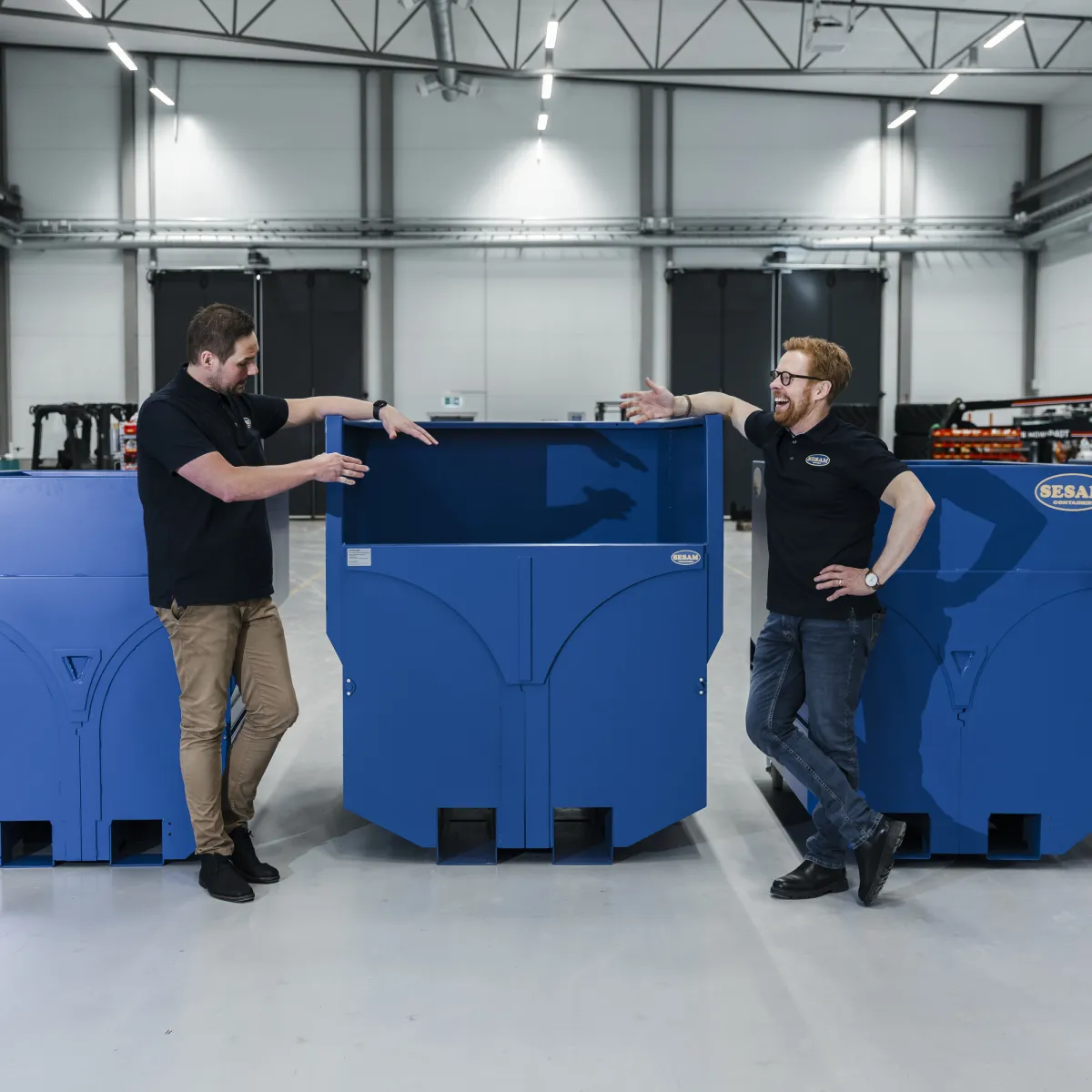Top Industries That Benefit from Bottom Emptying Containers
Top Industries That Benefit from Bottom Emptying Containers
Blog Article
In regards to bottom-emptying containers, longevity is a critical factor. These pots must resist recurring use, varying environmental problems, and regular handling. This makes substance collection a high priority. To make sure that bottom emptying container (bottentömmande container) provide extended service living and keep their efficiency, manufacturers depend on particular materials engineered for strength, opposition, and reliability.
Below, we spotlight the best products that guarantee toughness and efficiency for bottom-emptying containers.
1. High-Density Polyethylene (HDPE)
High-Density Polyethylene, or HDPE, is one of the most commonly used resources for resilient containers. Known for their affect opposition and mobility, HDPE can handle equally major masses and rough handling. This substance is very suitable for hard professional use and outdoor settings because of their resistance to UV rays and chemicals. Additionally, HDPE is light, which makes it easier to move and handle without compromising on strength.

Why Choose HDPE?
Exceptional opposition to temperature and substances
Lightweight but strong
Environmentally friendly, since it is recyclable
2. Stainless Steel
For industries requiring heavy-duty toughness or sanitary conditions, stainless is a great material. It's robust, highly tolerant to rust, and capable of withstanding severe temperature fluctuations. Additionally, stainless ensures durability, rendering it a cost-effective choice in the extended run. Their smooth area also simplifies preservation and washing, that is invaluable for purposes in food control or healthcare industries.
Key Benefits of Stainless Steel
Outstanding strength and toughness
Rust-proof and ideal for long-term use
Simple to clean and maintain
3. Fiberglass-Reinforced Plastic (FRP)
Fiberglass-Reinforced Plastic (FRP) is really a high-performance product combining the potency of fiberglass with the cost-effectiveness of plastic. FRP excels in extremely corrosive and chemical-heavy settings, which makes it a great choice for containers found in compound manufacturing or storage. Also, FRP containers are light, creating them simpler to maneuver compared to metal equivalents.
Advantages of FRP
Corrosion-resistant in demanding problems
Light and easy to take care of
Can be personalized for particular applications
4. Aluminum
Whenever a harmony between power and lightweight design is required, metal stands out as a high option. It is particularly favored for purposes that want flexibility because low weight. Metal is corrosion-resistant, which makes it ideal for outside situations or places exposed to moisture.

Highlights of Aluminum
Exceptional lightweight-to-strength proportion
Corrosion-resistant for outdoor use
Sustainable since it is recyclable
Choosing the Right Material for Your Needs
The decision of substance for bottom-emptying pots depends on the specific program, environmental situations, and needed fill capacity. HDPE is great for cost-effective mobility, while stainless presents unmatched strength for sanitary environments. FRP and aluminum, on another hand, cater to industries seeking light or extremely corrosion-resistant options.
By selecting the appropriate substance, you are able to ensure that the pots present sustained efficiency, remain practical as time passes, and match special operational needs. Report this page